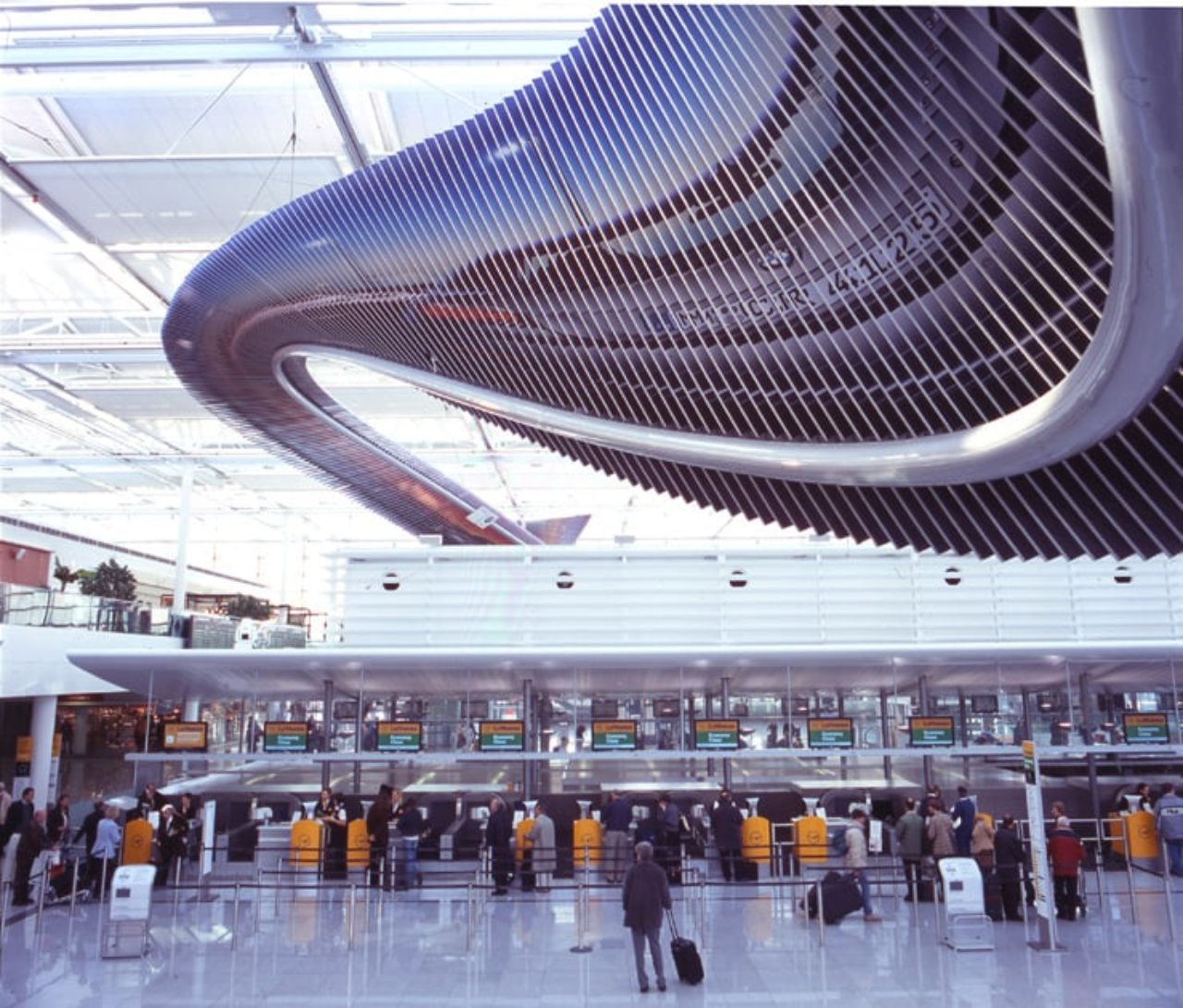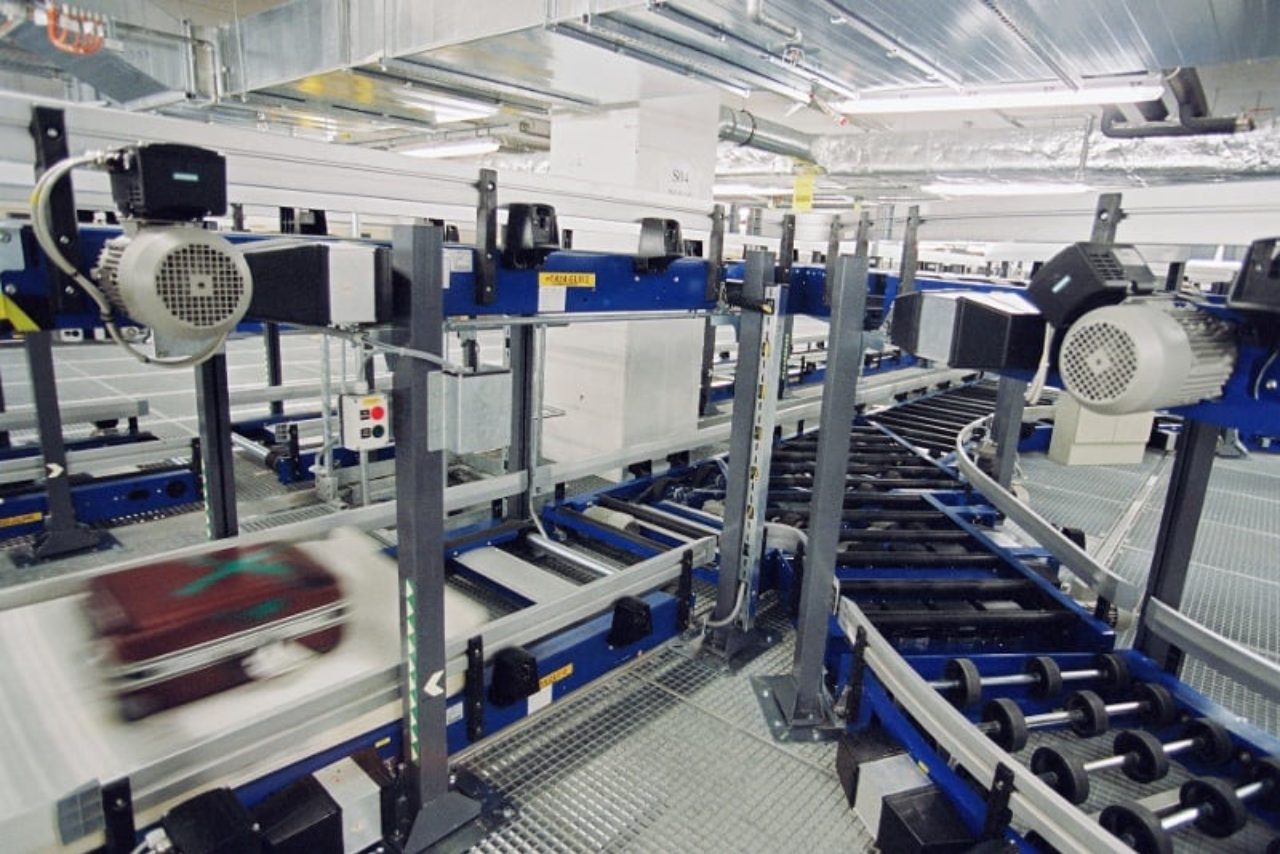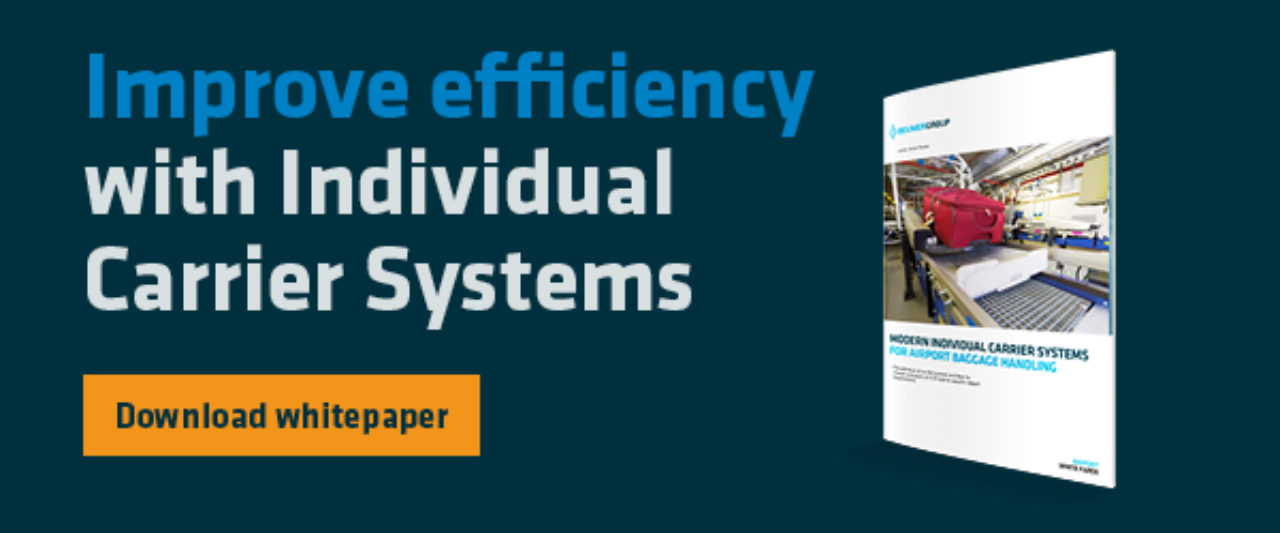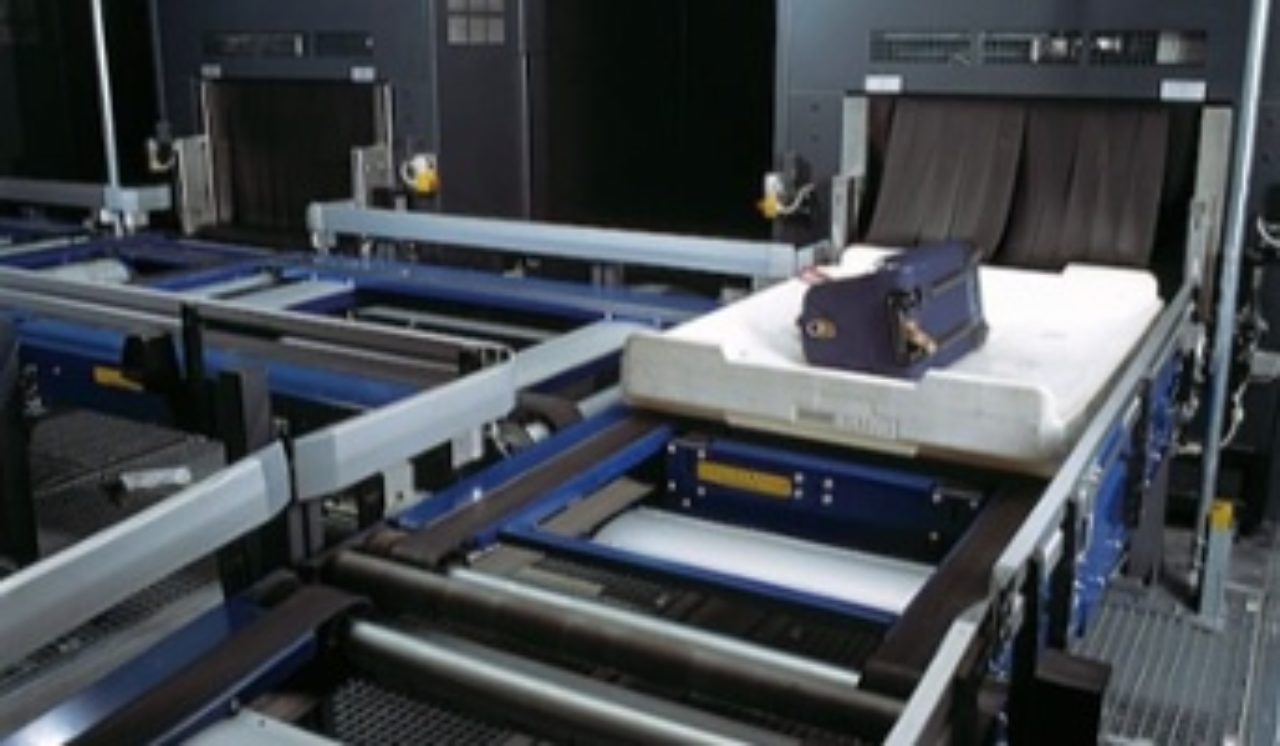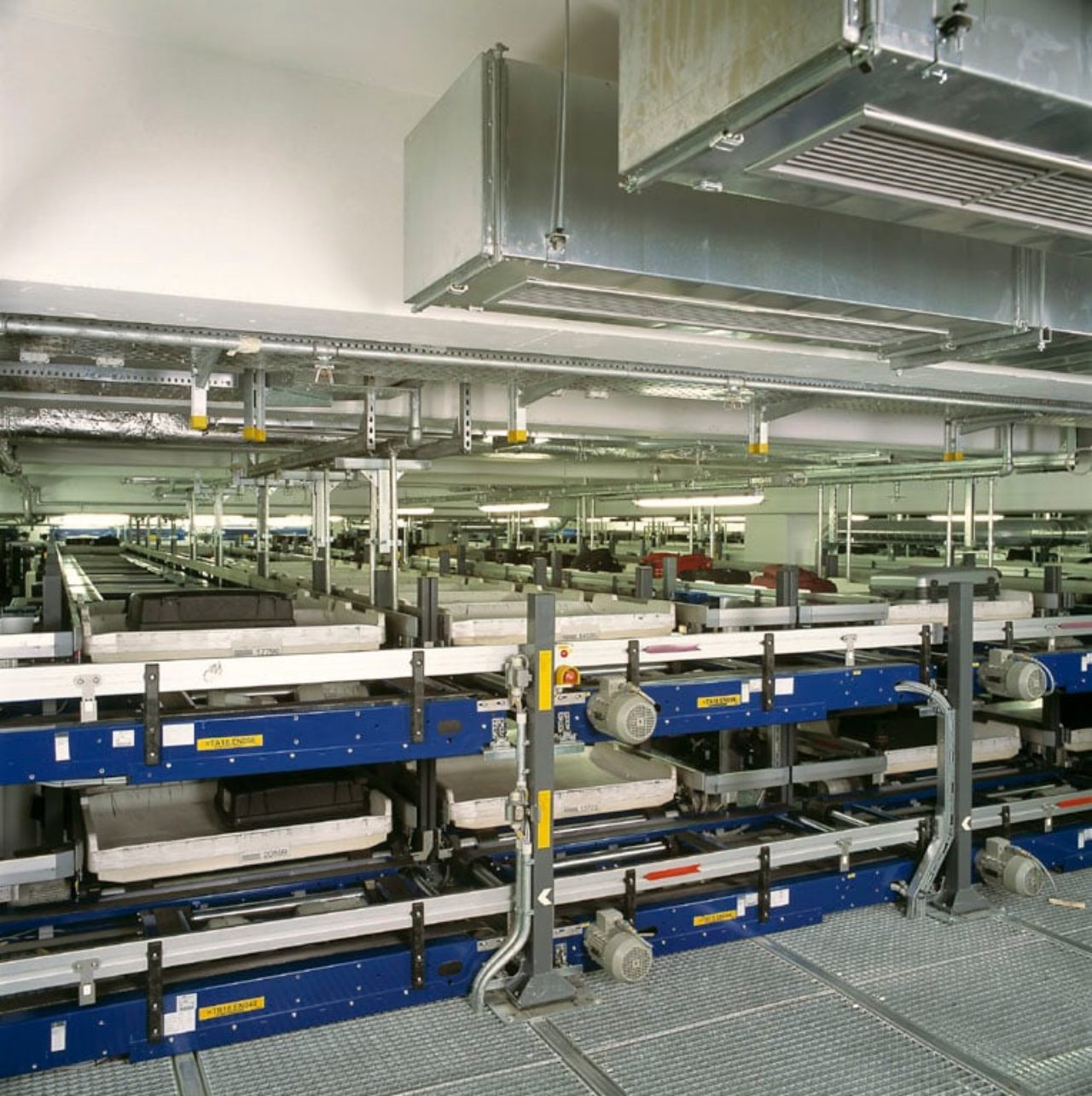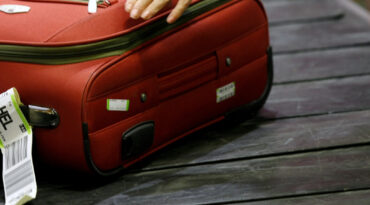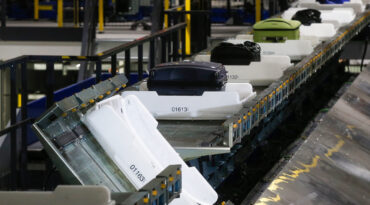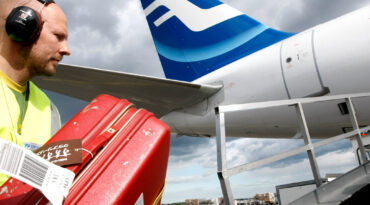Adopting a ‘design and build’ approach
In the hope of achieving this desired flexibility, Munich decided on a ‘design and build’ approach. Rather than designing for a neutral layout, which often ends as a compromise with equally neutral products forming an average baggage handling system, Munich decided to involve its system designer upfront, setting just the framework and stipulations it demanded of the BHS.
In adopting a ‘design and build’ approach, Munich was able to leverage the research and technical know-how of the system provider who knew best how to design the system to get the most benefits out of technology for the airport. It could also implement Building Interface Management in the construction phase and significantly reduce execution time.
We can see the practical benefits of this new process in Munich Airport’s need for additional Early Baggage Storage (EBS), for example. Twenty years ago, the system provider advised the airport that implementing decentralised EBS units would work better for Munich’s particular layout and needs over putting one large central EBS in place and that this design configuration would enable Munich to extend its EBS over time.
Munich Airport continues to follow this design concept today and in 2015, it extended its EBS that connects to and is integrated with the rest of the original system.
The end result: A new ICS baggage handling system
In opting for a modular, tote-based system ICS in 2003, the capacity and achievements of the BHS at Munich’s T2 can be summarised in this way:
- Compact design: The system initially covered a total length of almost 40 kilometres, but with its compact structure, was able to utilise the building footprint in the best possible way.
- High-speed transportation: Its high speed lanes in the tunnel could support transfer connections within 30 minutes.
- High throughput: With a sorting capacity of approximately 20,000 bags per hour.
- Flawless track and trace: Bags remain in their totes, providing for close to zero lost bags and a 100 percent tracking rate for bag data.
- In-tote security screening system: Bags remain in the totes throughout security screening, further enhancing track and trace abilities.
- High sortation accuracy: There are almost no no-reads, reducing the need for manual encoding stations significantly and saving on footprint and operational personnel.
- System reliability: The system is 99.9 percent available, with no system jams caused by loose baggage, reducing downtime and the need for manual bag jam resolution.
- Fewer resources needed: With ICS, less resources are needed for manual encoding stations (MES) as ‘no reads’ rarely occur.
- Low spare part consumption: The low number of different element types, along with the modular design of the elements, allows the use of the same spare part types everywhere and thus reduces the overall spare-part stock.
- Energy consumption: Energy usage overall is less. A super intelligent dynamic bag flow control powers the system elements only when a tote approaches. Therefore, energy usage overall is about half of any conventional BHS technology.
- Future growth possibility: Throughout the last 20 years, the total system length has increased to around 45 kilometres and the total number of EBS positions by 25 percent.

